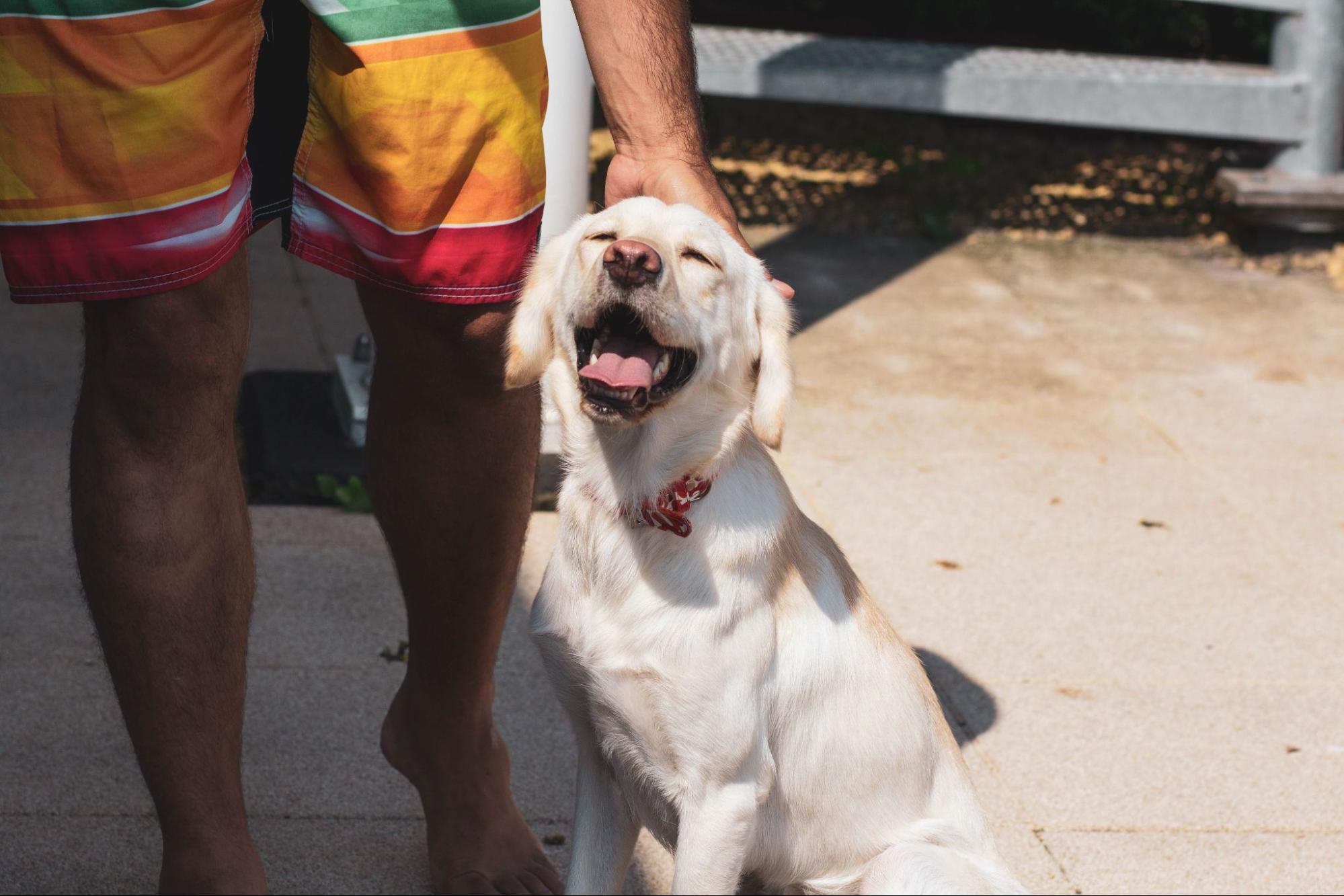How to Stop Puppy Nipping and Biting
Are you struggling with a Labrador puppy who just won’t stop nipping and biting? Don’t worry, I’ve got some helpful tips to share with you on how to address this issue. One effective method that can be used to stop a Labrador from nipping and biting is the use of a muzzle.
Using a muzzle can serve as an essential tool in training your puppy to control their biting instincts. It provides a physical barrier that prevents them from causing any harm while allowing you to continue working on their behavior. However, it’s important to note that the muzzle should only be used temporarily and as part of a comprehensive training plan.
When introducing the muzzle, it’s crucial to make the experience positive for your pup. Start by familiarizing them with the muzzle gradually, allowing them time to sniff and investigate it before attempting to put it on. Rewarding them with treats and praise during this process will help create positive associations with wearing the muzzle.
Remember, using a muzzle is just one aspect of addressing nipping and biting behaviors in Labradors. It should always be accompanied by consistent training techniques such as redirection, socialization, and reinforcing good behavior. With patience, consistency, and positive reinforcement, you’ll be well on your way to curbing those unwanted nips and bites from your furry friend.
Understanding Puppy Nipping and Biting Behavior
When it comes to raising a puppy, dealing with nipping and biting behavior is quite common. Puppies explore the world around them using their mouths, much like human babies do. However, it’s important to understand why puppies engage in this behavior and how we can address it effectively.
- Natural Instincts: Puppies are born with sharp little teeth that they use for various purposes, such as exploring objects, playing with littermates, or even seeking attention from their owners. This behavior is deeply rooted in their natural instincts.
- Teething Phase: Just like human babies, puppies go through a teething phase where their baby teeth fall out and adult teeth start to grow in. During this time, puppies may experience discomfort or itching in their gums, leading them to chew on anything they can find – including your hands!
- Socialization and Play: Nipping and biting are also part of a puppy’s socialization process. When playing with littermates or other dogs, puppies learn bite inhibition – how hard they can bite without causing harm – through gentle play-fighting interactions.
- Attention-Seeking Behavior: Sometimes puppies resort to nipping or biting as a means of getting attention from their owners. They quickly learn that engaging in such behaviors often leads to a reaction or interaction from humans.
- Lack of Training: If not addressed early on, nipping and biting behaviors may persist into adulthood. It’s crucial to provide consistent training and guidance from the beginning to teach your puppy appropriate ways to interact with humans.

Positive Reinforcement Training Techniques
When it comes to addressing puppy nipping and biting behaviors, employing positive reinforcement training techniques can be highly effective. This approach focuses on rewarding desired behaviors rather than punishing unwanted ones. Here are some techniques that can help you curb your Labrador’s nipping and biting tendencies:
- Reward-Based Training: One of the most powerful tools in positive reinforcement training is the use of rewards. Whenever your Labrador exhibits gentle play or refrains from nipping, praise them enthusiastically and offer a small treat as a reward. By associating good behavior with positive outcomes, you are encouraging your puppy to repeat those actions.
- Redirecting Attention: Labrador puppies often nip out of excitement or boredom. Instead of scolding or reprimanding them, redirect their attention towards more appropriate activities such as playing with chew toys or engaging in interactive games. Offering an alternative outlet for their energy can help minimize their urge to nip.
- Timeouts: If your puppy becomes overly excited and persists in nipping despite redirection, a brief timeout can be an effective strategy. Gently remove yourself from the interaction by leaving the room or using a baby gate to separate you from your pet for a short period of time (around 30 seconds). This sends a clear message that their nipping behavior leads to an interruption in playtime.
- Socialization: Proper socialization is crucial for puppies to learn appropriate bite inhibition and develop good manners around other dogs and humans. Gradually expose your Labrador to various situations, people, and other well-behaved dogs under controlled circumstances. This exposure helps them understand boundaries and acceptable levels of play.
- Consistency: Consistency is key when implementing positive reinforcement training techniques. Make sure everyone involved in caring for your Labrador understands the importance of reinforcing desired behaviors consistently across all interactions.